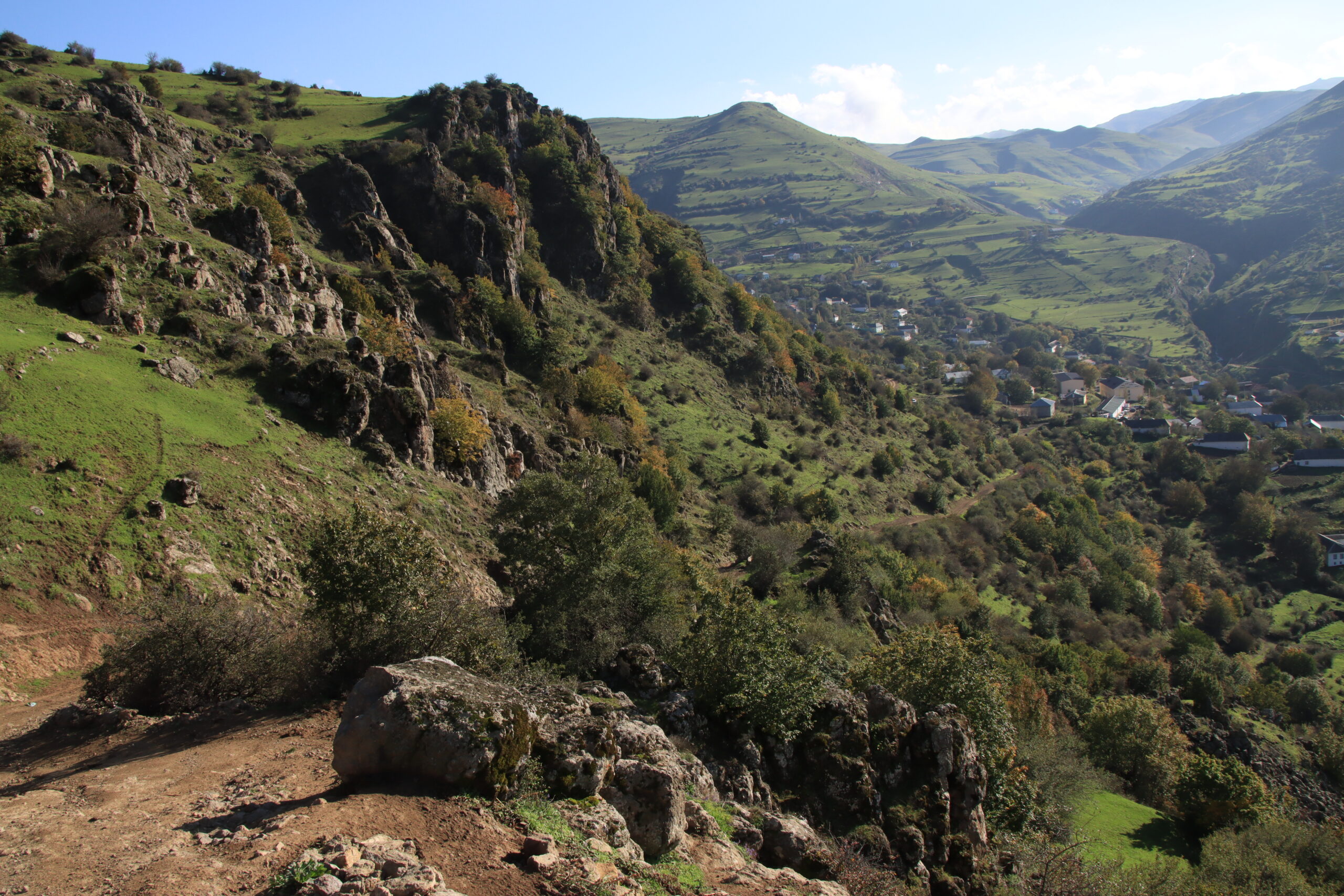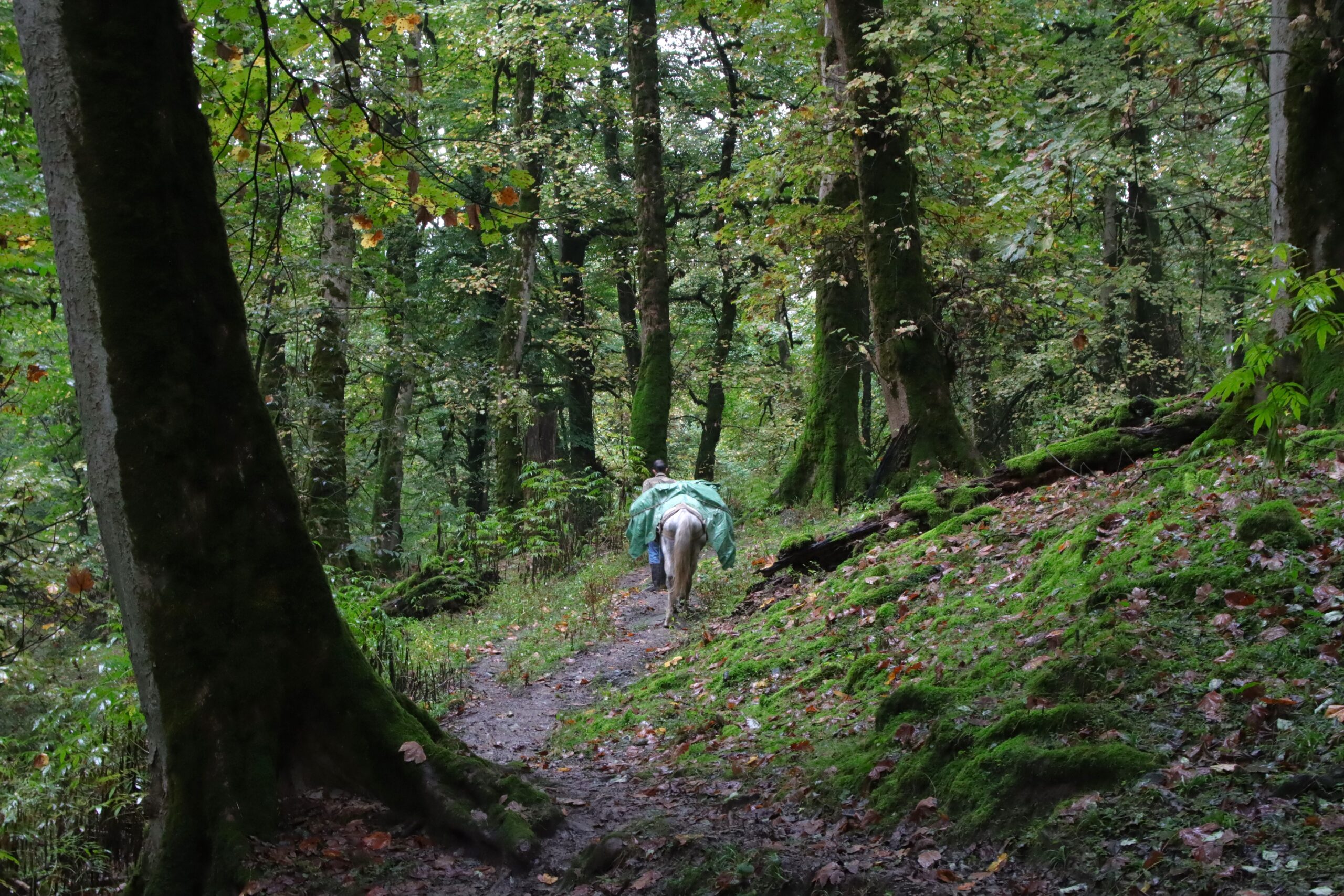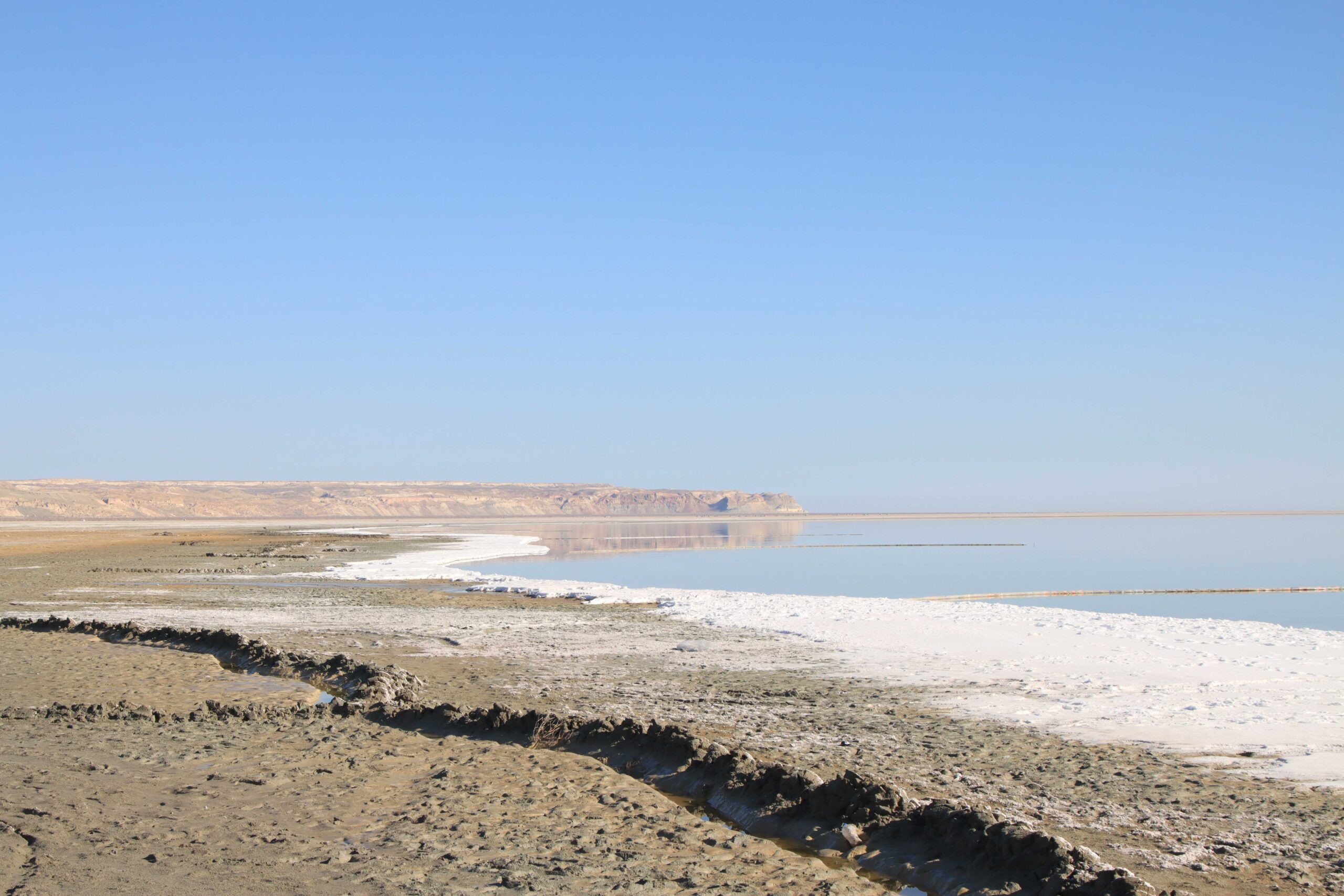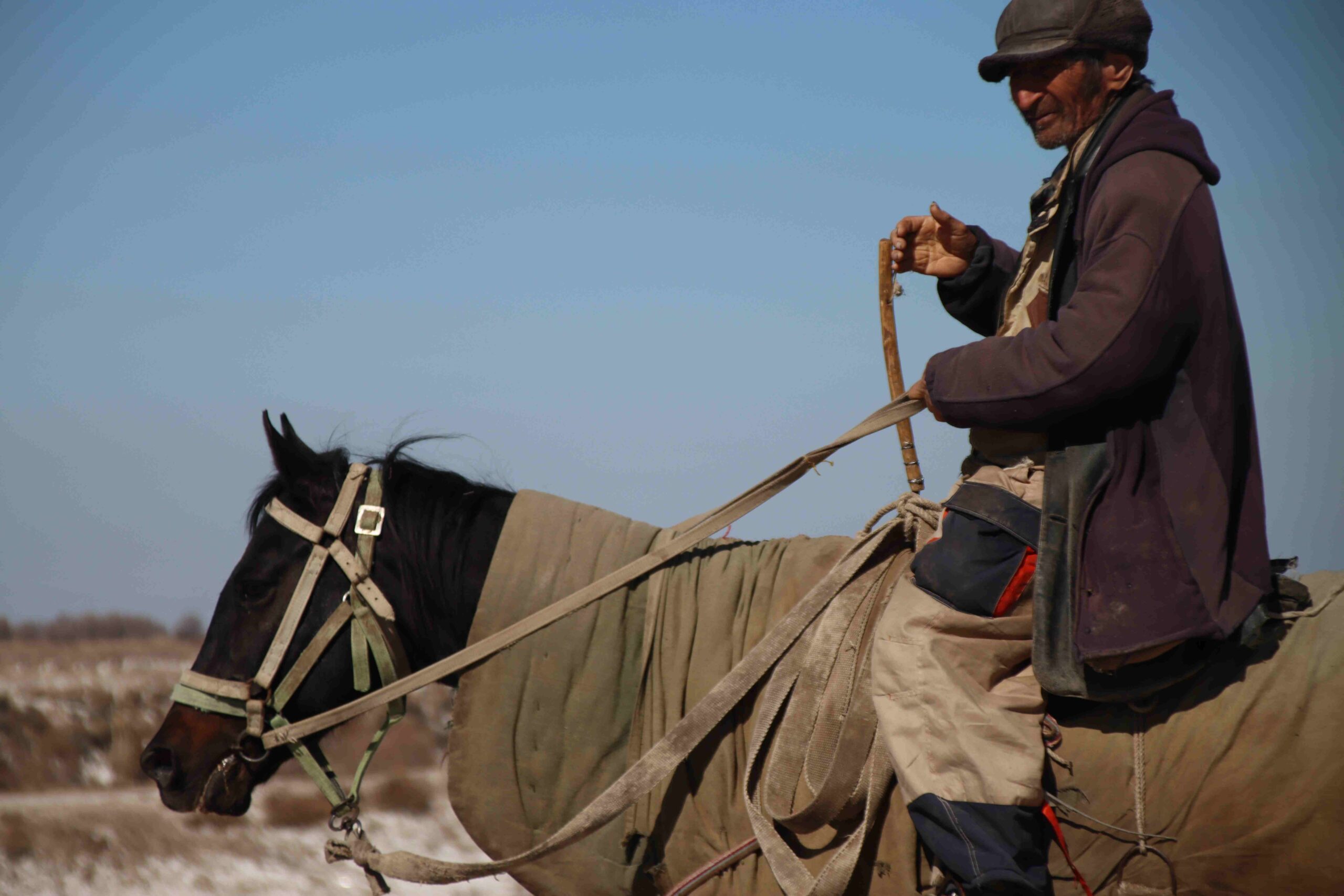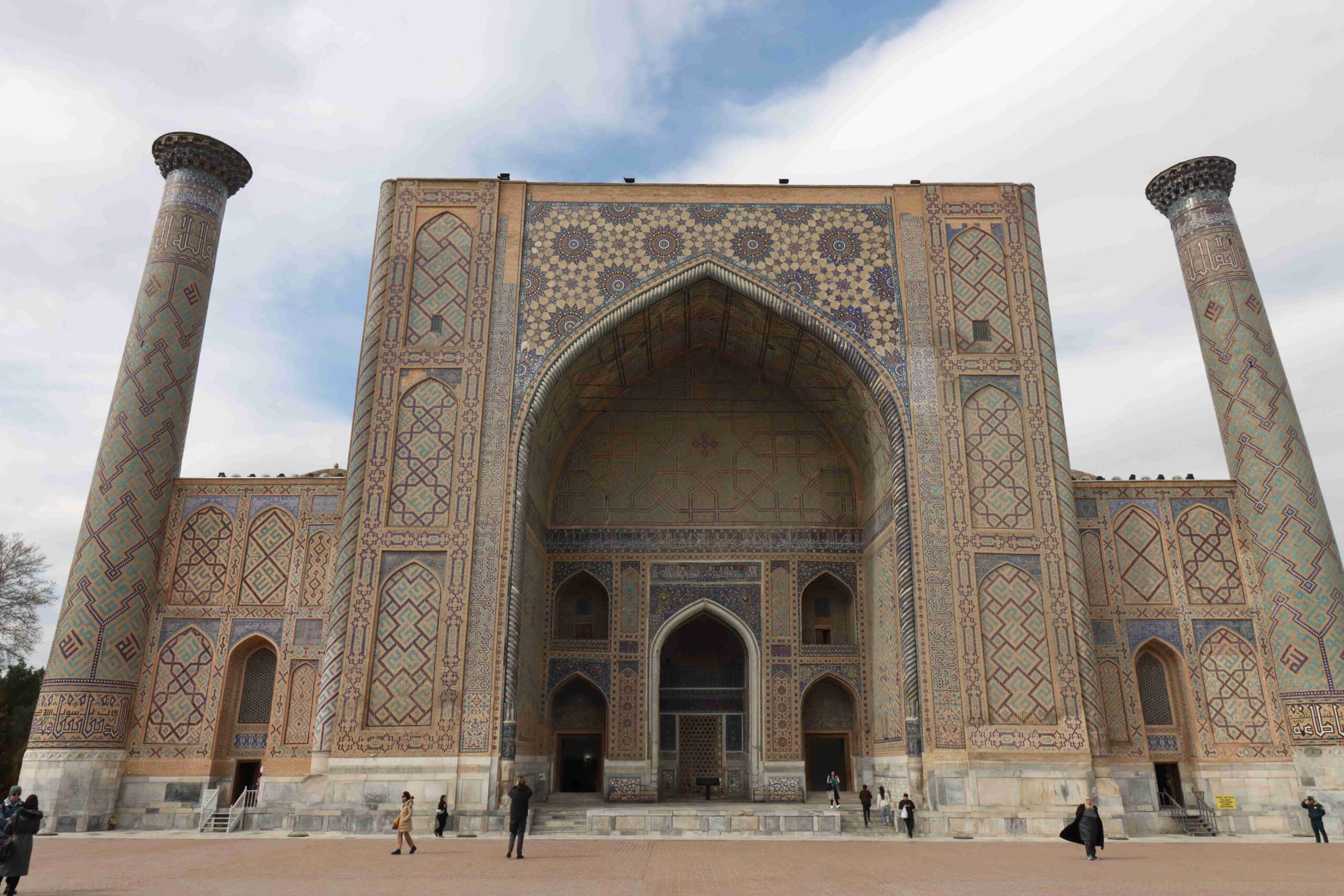The south of Azerbaijan touches the Caspian Sea, the Talysh, or Hyrcanian Mountains, and the regional power of Iran. Ruled at times by the ethnic-Iranian state of Shirvan from Baku, and at other times by Turkic Khans, today it is widely populated by a people known as the Talysh and abounds in natural grandeur. My time in the south was based out of the city called Lankaran, which has a very Soviet look about it, including rows of dilapidated identical apartments, large central squares and parks devoted to national heroes, and a rapid ruralization after one leaves the city center. Nevertheless it seemed to be a cheery place, even in the rain, with many people being happy to see me and to ask after my business down there.
I had hoped to be able to meet some Iranians, as border areas in many parts of the globe often feature coalitions of both nationalities living on both sides of a given border, but I was told this was not the case in the city of Astara further south. While Azerbaijan maintains relations with Iran that are amicable, the people are not given to excessive warmth towards one another, or so one Talysh man told me. Potentially because of the sour weather that pervaded while I was there, I found this easily believable.
At a certain point, it was a surreal experience as an American to be rolling down the road in the back of a taxi and seeing people working in orchards, fields, and among livestock on the other side of a river that wound along grassy mounds and to know they were all Iranians: those people my government has been terrorizing with sanctions and threats of war for 4 decades. No more than 100 yards of mucky earth divided my two feet from freedom and potential abduction by the secret police.
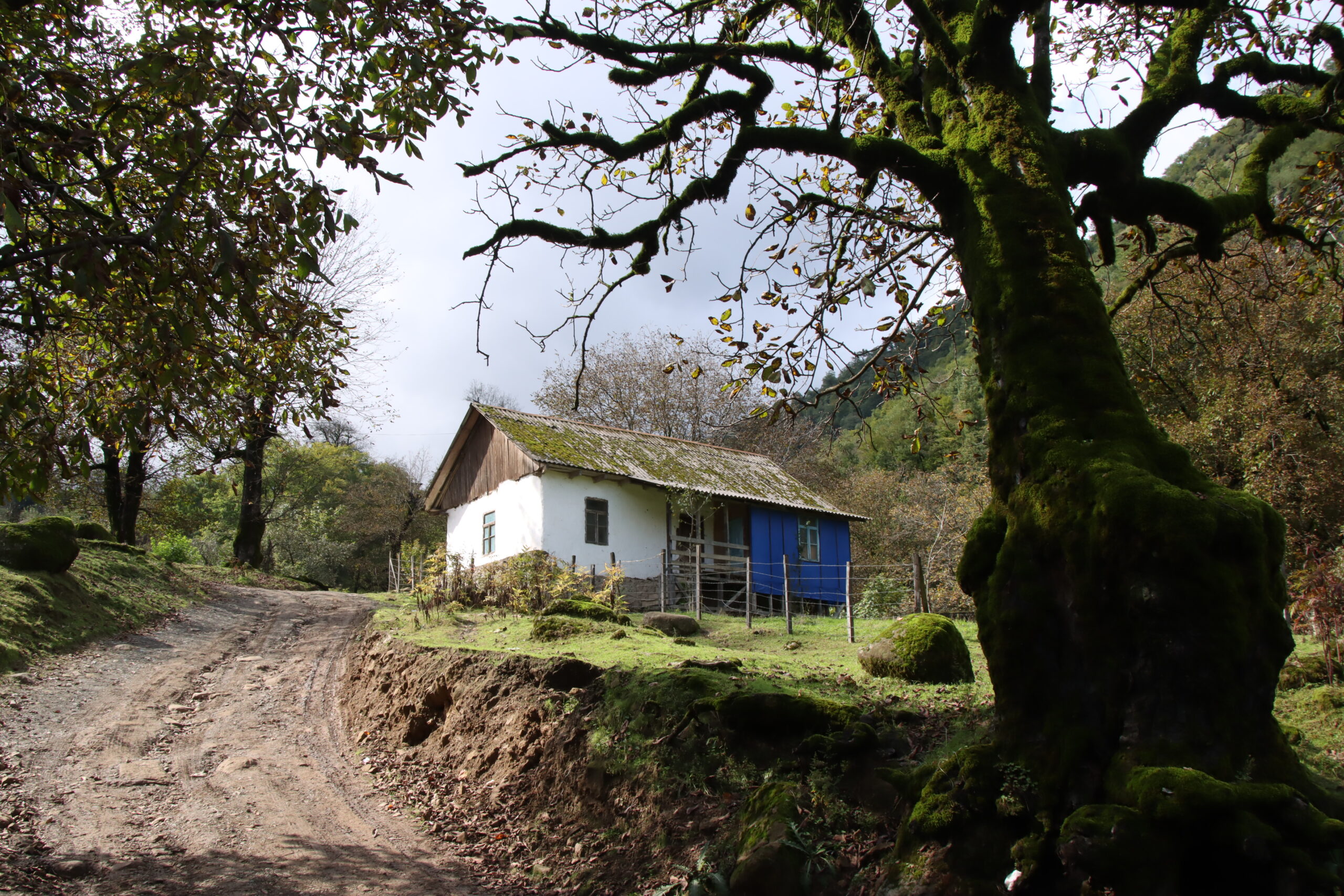
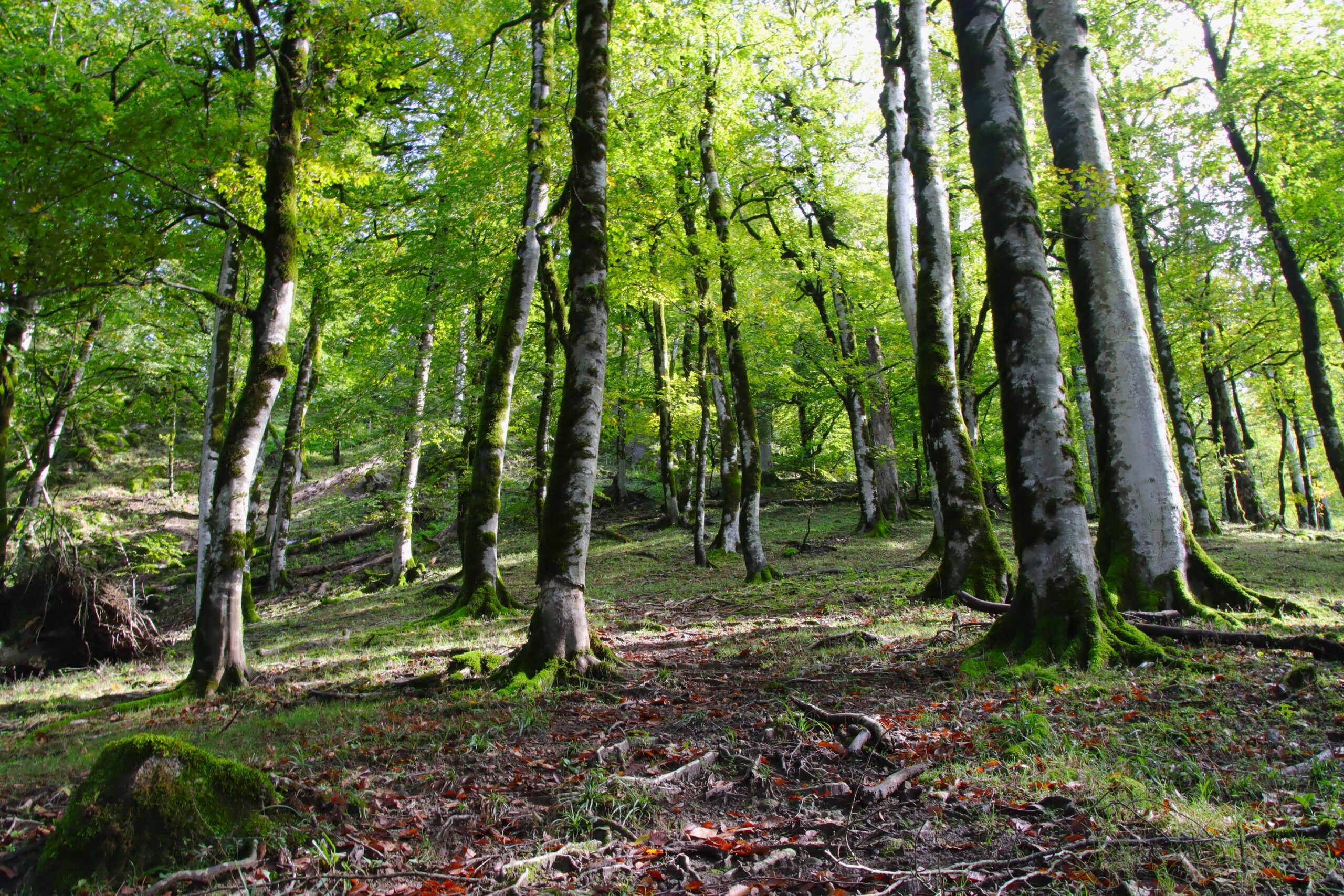
Along with a political border, Iran and Azerbaijan share a mountain range called Talysh in Azeri, and Hyrcania in Greek-adapted English. Unique in the world, it bends from its start in the south of Azerbaijan due south and then east across the border with Iran, hugging the Caspian Sea coastline as it goes. Sporting a combination of climate, flora, and fauna unique in the world, it was years ago designated a UNESCO Natural Heritage Site but was recently expanded. It’s home to the critically endangered Persian leopard, and the critically endangered Persian ironwood tree, along with other species.
On the Azerbaijan portion of this ecosystem, Hirkan National Park protects this ecosystem with the leopards and the ironwoods, but is just a part of the region’s Talysh Mountains, which further north rise higher than the treeline and provide thousands of acres of ancestral mountain pastures for sheep and cattle for the local Talysh people. If someone were to ask me what were the Talysh like, I would probably say the same things I’d say if asked about the Azeri people at large.
In Hirkan I had an unfortunate start to my exploration of this ecosystem and these people when a taxi took me to where the entrance to Hirkan Nat. Park was located on a map I had received from the tourism bureau. I ended up wasting about 30 minutes with the taxi driver looking for something like a gate, a ticket booth, or a ranger station, but as 9:30 turned to 10, I just started walking up a road I found until I was stopped by a border patrol officer who somehow knew I was there and was concerned for my safety, as I had strayed into a prohibited border area. Political borders are rarely lines of control, but actually a sort of no-man’s land where any activity 1 kilometer on either side is taken as threatening. I experienced this in Tunisia on the border with Algeria.
Long story short, after a translated phone call with the tourism office, I was taken to a town where a bus took me to another town where a taxi took me to Sims, a tiny village deep in the forest and the mountains on the border with the protected and non-protected forest ecosystem.
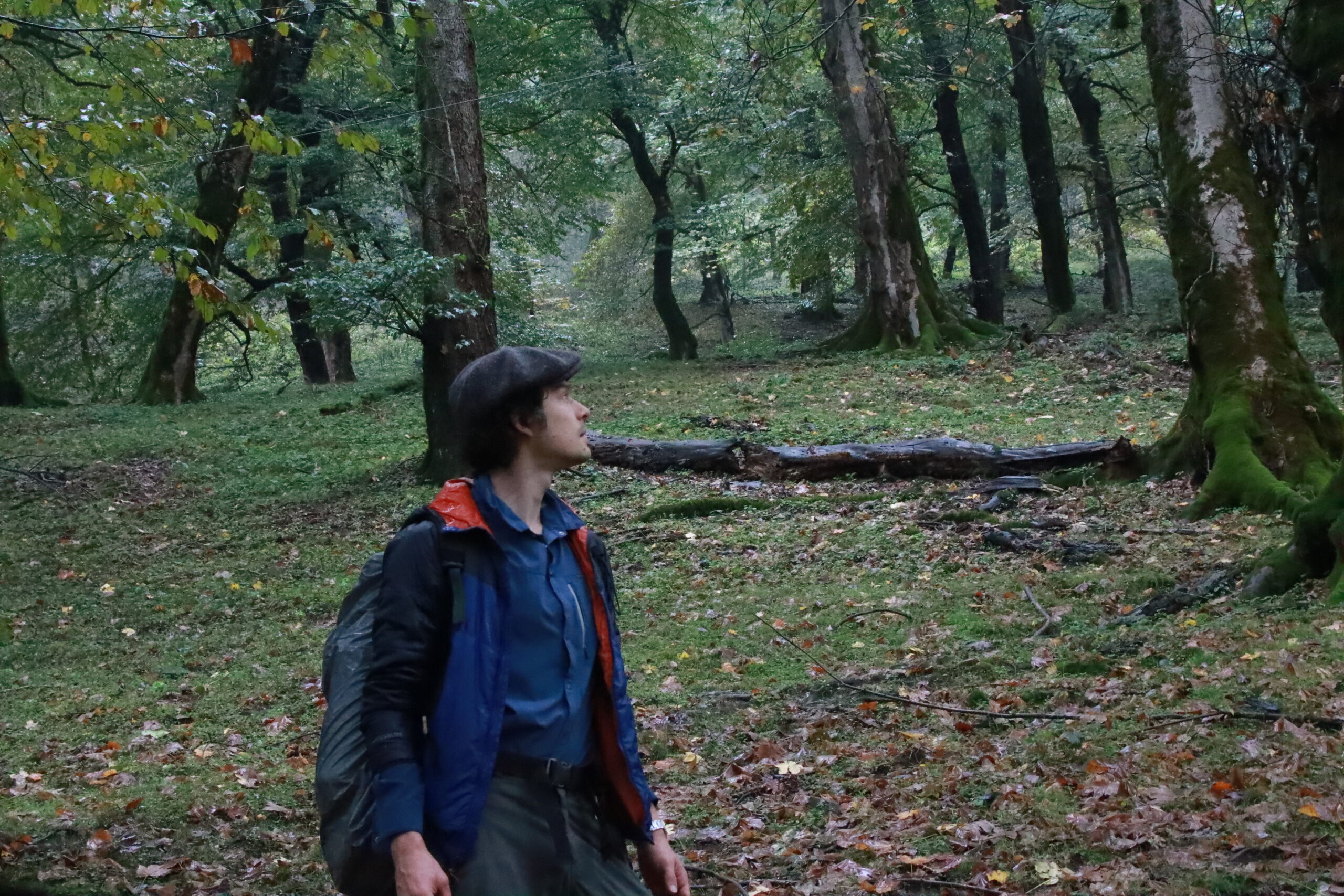
Going up and over a mountain and coming down the other side in order to try to record some rare birdsong, I fell foul of a rainstorm and had to resort to seeking shelter with the locals. Only I didn’t know where I was going or where there might be locals. Fortunately, I followed basic survival instincts and went downhill until I found a creek, and followed the creek to either a road or people. In this case, I found neither, but in fact a village porter named Samir found me, and took me, as hilarity would have it, a kilometer down the track to the place he was in the middle of resupplying which happened to be a guest house in the hamlet called Siov.
Long hours were spent there with Samir and the owner Suleyman, communicating what little we could with sign language, intuition, and drawings, our phones being beyond reach of all towers and satellites there deep in the mountains and forests. Flutes were played, not least by me, and dominoes too. Suleyman is a beekeeper and lives within Hikan National Park harvesting honey and transporting it via milk canisters across most of Azerbaijan. He treated me very well and we became fast friends. On our hike out the next day, while it was still raining from the day before, he frequently halted our march to talk. I believed he had become very reluctant to see me go, and by then the Azeri he taught me and the English I had taught him, when mixed with the now two dozen familiar gestures allowed us to converse about even such difficult things as mortgages and raising children.
Locals like Samir and Suleyman are key to operating in the Talysh mountains. This extremely rural part of the country is beautiful to see and to explore. It’s a chance to glimpse a timeless way of life combining hunting, gathering, cultivating, and husbandry for food supply. The mountains are flush in autumn, and dotted with many waterfalls.
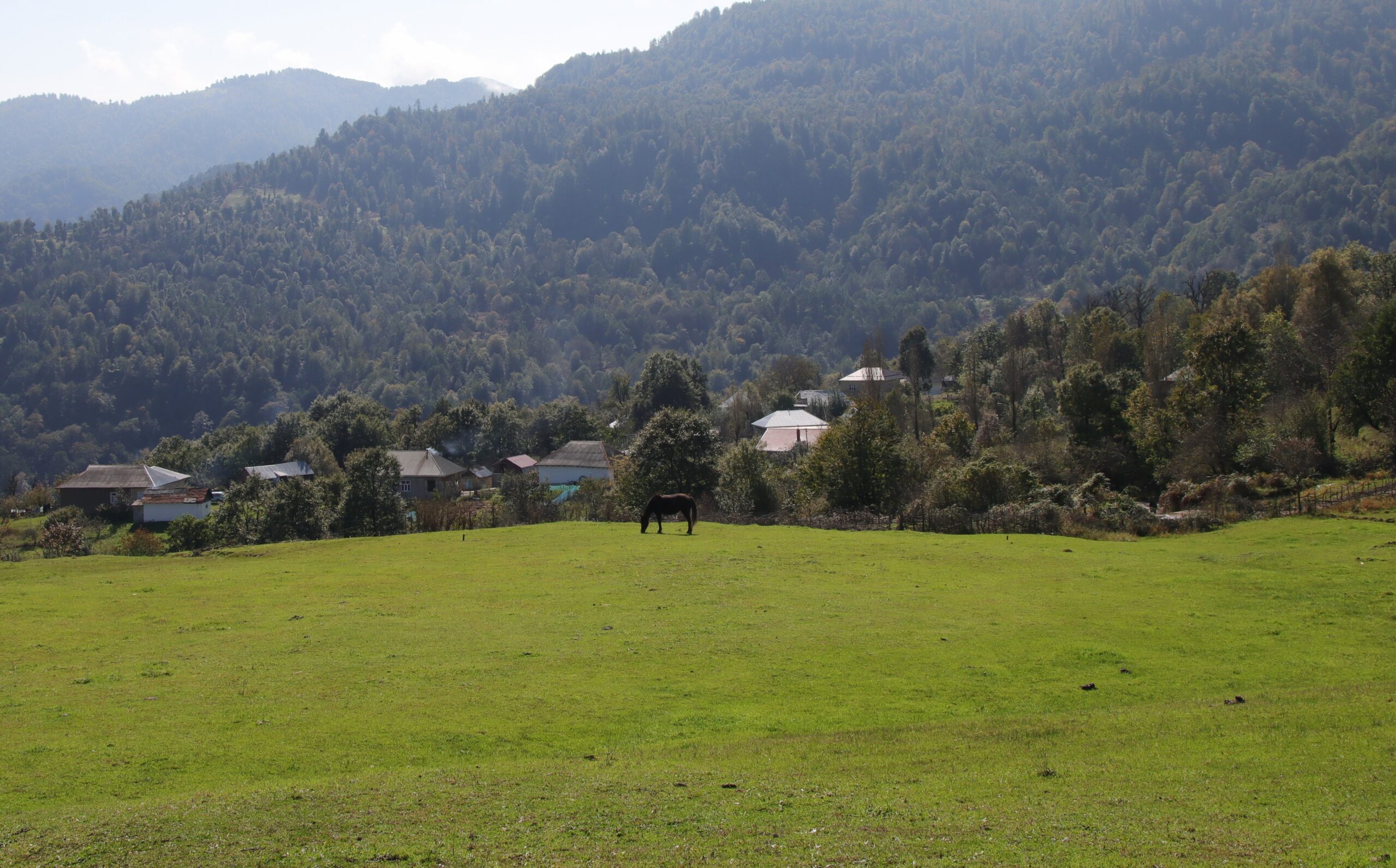
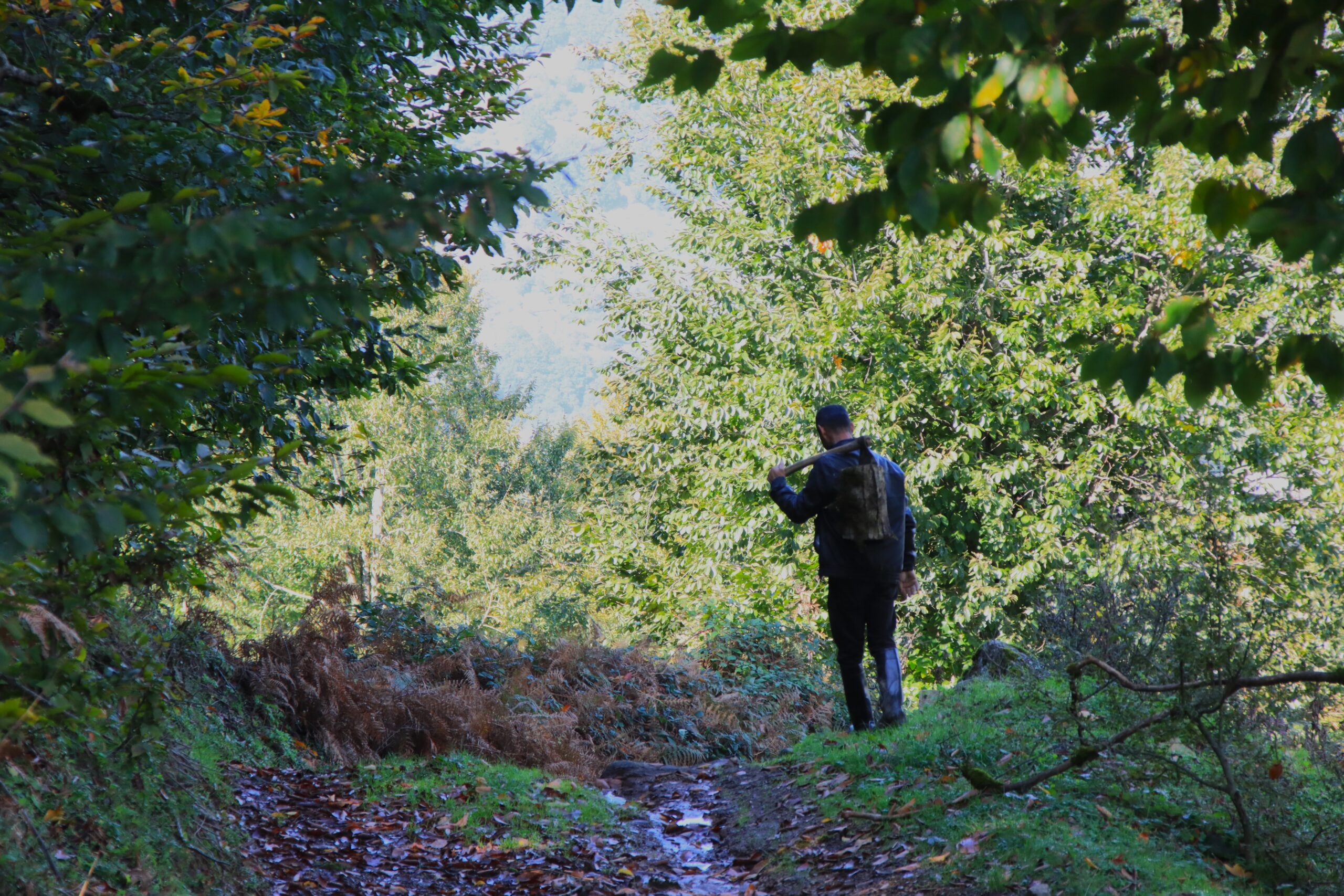
Elsewhere, I stayed in Hamarmese with a young teacher/mountain guide called Qadir who showed me a route over several hills that passed a trail on which was a series of great old trees. I thought that the whole area was rich in Persian ironwood, but Wikipedia says there are merely 100 of these trees left in the world, almost all in Iran. So they must have been something else though I know not what. At the end of the route, I came down into a mountain town called Chayrud where a wedding was underway. I myself was mighty thirsty and wished only to find water, but I ended up being sat down in the communal kitchen of the town hall and eating rich sticky plov with rice—not ideal for a thirsty man. Men and boys kept coming in to see me and marvel or puzzle at my sudden appearance in the town. Such a great racket of music was coming from the hall that I had to go and see what it was. There were two men dancing in the center of the hall with a band playing traditional music at an extreme pace.
I snapped some photos of the scene, and that’s when a man came over and asked me to leave. Feeling wretched for my journalistic instincts ruining this occasion for some of the demure guests who didn’t want their photo taken, I left, but was soon overtaken on the road by a rented Subaru with leather seats filled with Russians. They were driving from the reception to the city of Lerik and wanted to know if that was my route. On being replied to in the affirmative, they gestured for me to join them. They looked the part, wearing joyless suits and smoking thin cigarettes, but I soon learned there in the back of the Subaru that they were not Russian at all—they were more Talysh people.
I’m still waiting to hear back from my contacts about what makes Talysh people Talysh and different from the Azeri in general. The only confirmed difference is that Talysh people, ironically so for mountain dwellers, don’t like mushrooms. I can report they are extremely kind and generous, and are so dependable that one hardly need bring any supplies with them to the mountains, for it will be offered to the traveler quite readily by the locals.
